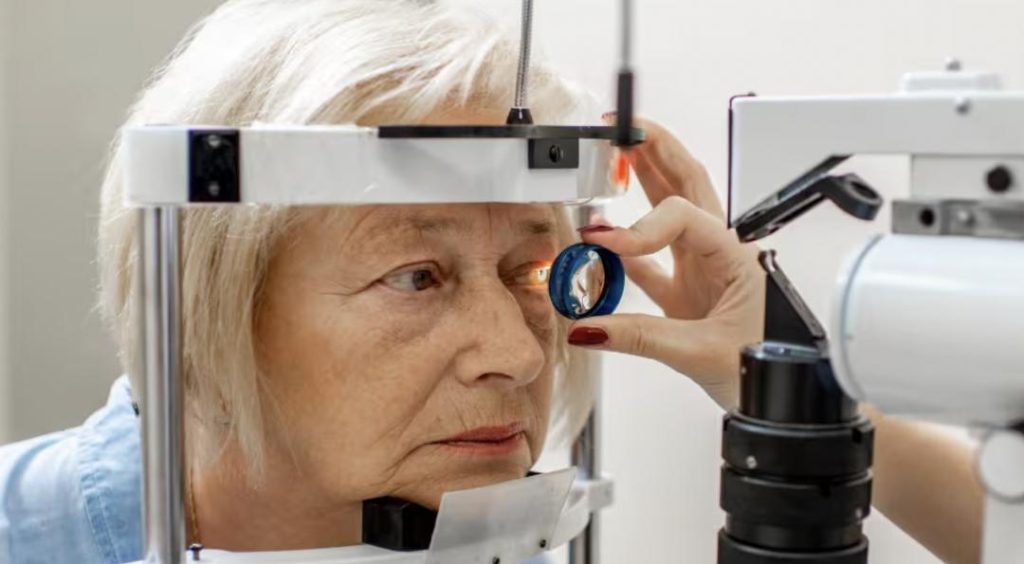
Routine Eye Tests May Reveal Signs of Alzheimer’s: Study
Alzheimer’s disease is a progressive neurological disorder that affects millions of people worldwide. The disease is characterized by the buildup of beta-amyloid plaques and tau tangles in the brain, leading to memory loss, cognitive decline, and eventually, death. Despite the severity of the condition, early detection and diagnosis remain a significant challenge.
However, a recent study conducted in mice has shed new light on the possibility of detecting Alzheimer’s disease through routine eye tests. The study, published in the journal Nature Communications, suggests that twisted and narrowed blood vessels in the retina of mice with a common genetic mutation strongly resemble vascular abnormalities seen in Alzheimer’s patients.
The researchers behind the study believe that the retina may hold the key to early detection of Alzheimer’s disease. The retina is considered an extension of the brain, and its blood vessels are highly sensitive to changes in the brain’s blood flow and oxygen supply.
In the study, the researchers used a mouse model of Alzheimer’s disease, which carries a genetic mutation that causes the accumulation of beta-amyloid plaques in the brain. They found that the mice’s retinas exhibited twisted and narrowed blood vessels, which are similar to the vascular abnormalities seen in Alzheimer’s patients.
The researchers used advanced imaging techniques, such as optical coherence tomography (OCT), to visualize the retinal blood vessels. They found that the twisted and narrowed blood vessels in the mouse retina were associated with the accumulation of beta-amyloid plaques in the brain.
The study’s lead author, Dr. Xinming Wang, stated that the findings suggest that routine eye tests may be able to detect early signs of Alzheimer’s disease before symptoms appear. “Our study shows that the retina is a valuable biomarker for Alzheimer’s disease,” Dr. Wang said. “We believe that this could lead to the development of non-invasive diagnostic tests for Alzheimer’s disease.”
The study’s authors also pointed out that the retina is an easily accessible tissue that can be examined using non-invasive imaging techniques. This makes it an attractive target for early detection of Alzheimer’s disease.
The findings of the study have significant implications for the diagnosis and treatment of Alzheimer’s disease. Currently, there is no cure for the disease, and early detection is crucial for effective treatment.
The study’s authors believe that the results could lead to the development of new diagnostic tests that can detect Alzheimer’s disease at an early stage, when treatment is most effective. “Our study shows that the retina is a valuable biomarker for Alzheimer’s disease,” Dr. Wang said. “We believe that this could lead to the development of non-invasive diagnostic tests for Alzheimer’s disease.”
The study’s findings also highlight the importance of routine eye tests in detecting early signs of Alzheimer’s disease. The retina is a highly sensitive tissue that can detect changes in the brain’s blood flow and oxygen supply, making it an attractive target for early detection of Alzheimer’s disease.
In conclusion, the study’s findings suggest that routine eye tests may be able to detect early signs of Alzheimer’s disease before symptoms appear. The study’s authors believe that the retina is a valuable biomarker for Alzheimer’s disease, and that non-invasive diagnostic tests could be developed to detect the disease at an early stage.






